Politics
Voices grow for fair representation of women as major elections near
Women leaders complain parties field fewer women for direct election. Experts blame the patriarchal mindset.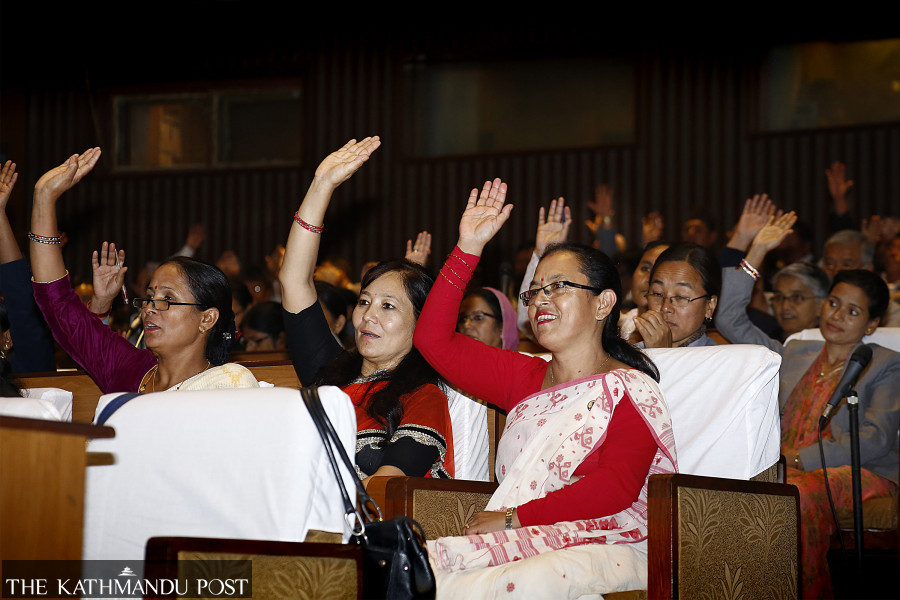
Nishan Khatiwada
Earlier this week, women lawmakers from various parties demanded legal provisions so as to ensure women an equitable share of candidacies under the direct election system.
Speaking about the barriers to fair representation of women in the legislature, women lawmakers said parties mostly pick women candidates under the proportional representation (PR) system as they prefer male candidates for the first-past-the-post electoral system.
CPN-UML’s Binda Pandey and Maoist Centre’s Amrita Thapa registered resolutions at the House of Representatives demanding a legal provision to force parties to field more women under the FPTP system.
Though Nepal has taken some progressive steps towards ensuring women’s representation in Parliament, there still are a multitude of barriers.
Article 84(8) of the Constitution of Nepal states that at least one third of the total members elected from each political party represented in the federal parliament shall be women.
However, Nepal’s parties hesitate to field women under the FPTP system, and women are put on the PR list to ensure compliance with the constitution.
Now voices are getting stronger for an equitable, 50 percent, representation of women in Parliament.
Pandey, the UML lawmaker, says the major problem is the patriarchal mindset that denies women’s candidacies.
“In the local elections, women were sidelined under the pretext of electoral alliances. Whether there is an alliance or not, parties must ensure that 50 percent of their candidates are women,” Pandey told the Post.
According to a report from the Election Commission, the number of women candidates in the May local elections was significantly lower compared to men. Of the 152,465 candidates for 35,221 positions in 753 local units, only 37.84 percent—57,705—were women. The number of women also includes candidates for the two female ward members which is mandatory. In the 2017 local elections, around 41 percent (14,352) women representatives were elected. The share of women candidates in 2022 was even lower than that of women representatives securing victory in the 2017 elections.
The number of elected women representatives has slightly increased. In the 2022 elections, 14,402 women were elected to local units. The number of women in chief posts has also slightly increased with 25 women elected as chiefs. The number was 18 in the 2017 elections. However, the number of women deputies has decreased with 564 women elected to the posts in 2022. This number was 700 in the 2017 elections.
The country fell short of achieving the target of 50 percent women representatives at the local level.
In the 1991 parliamentary elections, seven women lawmakers were directly elected. The number reached 12 in the 1999 elections. In the 2017 elections, only six women lawmakers were elected directly.
Observers say the patriarchal mindset, high campaign costs, and a lack of women in decision-making positions in political parties are some of the major causes of women’s under-representation. Women are fielded in areas where the party’s hold is weak and lacks public support as well as in the areas where there is a strong candidate from another party, they say.
Ila Sharma, a former election commissioner, says there is a notion among political leadership that women “cannot win” elections.
“Our society is also yet to evolve to get habituated to seeing women getting elected. Also, the election expenses add a lot to the problem,” Sharma told the Post. “Women still belong to an economically weak community, and it’s very challenging for them to cover the election expenses as the elections are getting more expensive.”
As per the new census, there are more women than men in the country—about 51 percent. Of the country’s total population of 29,192,480, the number of women stands at 14,901,169, as per the preliminary report released by the Central Bureau of Statistics.
While for parliament, there’s a constitutional provision to have 33 percent women members. In other state organs, there is no such mandatory provision.
Even the political parties don’t follow the principles of inclusion as no party has ensured 33 percent representation of women in their organisations, according to Sharma.
“If there is no inclusion in the party, the same case will also manifest outside,” she told the Post.
Indra Adhikari, a political analyst, says elections these days are heavily influenced by money, muscle, and the mafia.
“Many women are still dependent on their families economically, so they lack the courage to fight elections. The influence of money, muscle, and mafia has even discouraged many male politicians from contesting the elections,” said Adhikari.
Also, Adhikari adds, many women leaders want to safeguard the PR seats for their near and dear ones, so they lobby accordingly inside the party.
Sometimes, if the party supports women candidates, they can’t work and provide support to the party as expected as their social network is weaker.
“That’s why the party leaders don’t put efforts to bring women to power,” said Adhikari.
Observers say constitutional provisions have also contributed to the underrepresentation of women via direct elections.
Adhikari, the political analyst, says that even women leaders capable of contesting or winning direct elections are reluctant and want to play it safe by opting for the PR system, as they see the constitutional provision as a cushion.
“Despite getting chances and having their own identity, they don’t show courage to contest in the elections and want to remain on the safe side as there is a constitutional provision of 33 percent representation of women in the legislature,” she told the Post.
While mentioning that there should be one-third representation of women in the legislature, the constitution says in case women are not elected from the FPTP system, they should be included in Parliament through the PR system. The constitution also includes a similar provision for one-third of women's representation in provincial assemblies.
Nepal adopted the provision of 33 percent women representatives in Parliament in 2006 and it was subsequently retained in the 2015 constitution.
“But because of the constitutional provisions, it is perceived that the proportional seats are for women, and the FPTP system is for men,” said Bhojraj Pokharel, former chief election commissioner.
Of the 90 women elected to the current House of Representatives from the 2017 elections, 84 were elected through the PR system. Later, after the death of Rabindra Adhikari, his wife Bidya Bhattarai from the CPN-UML had won the by-election from Kaski-2. With her addition, the total number of directly elected women is seven.
According to Pokharel, the main problem lies in the mindset of male politicians in Nepal, which stands as the biggest barrier to women’s access to power.
The low participation of women in the direct system is due to the perception that women can’t win, according to him.
“Only symbolic representation of women is seen in elections,” said Pokharel. “In the last local elections too, fewer women were candidates for the chair/mayoral posts.”




 12.99°C Kathmandu
12.99°C Kathmandu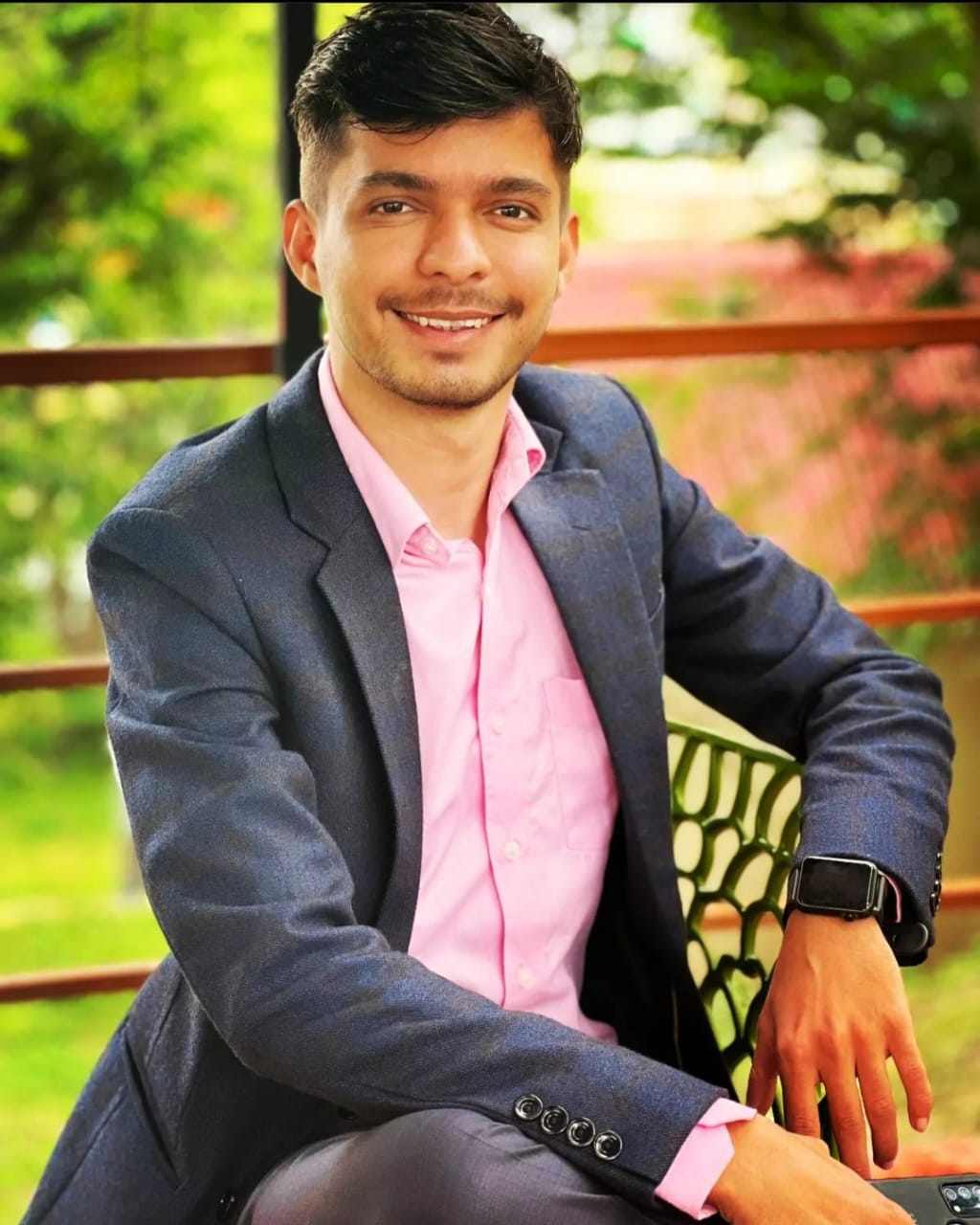

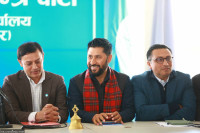
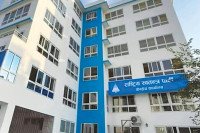

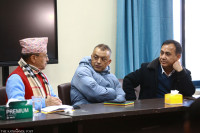
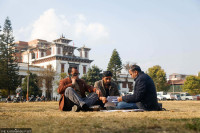

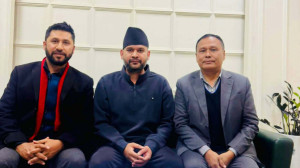





%20(1).jpg&w=300&height=200)

